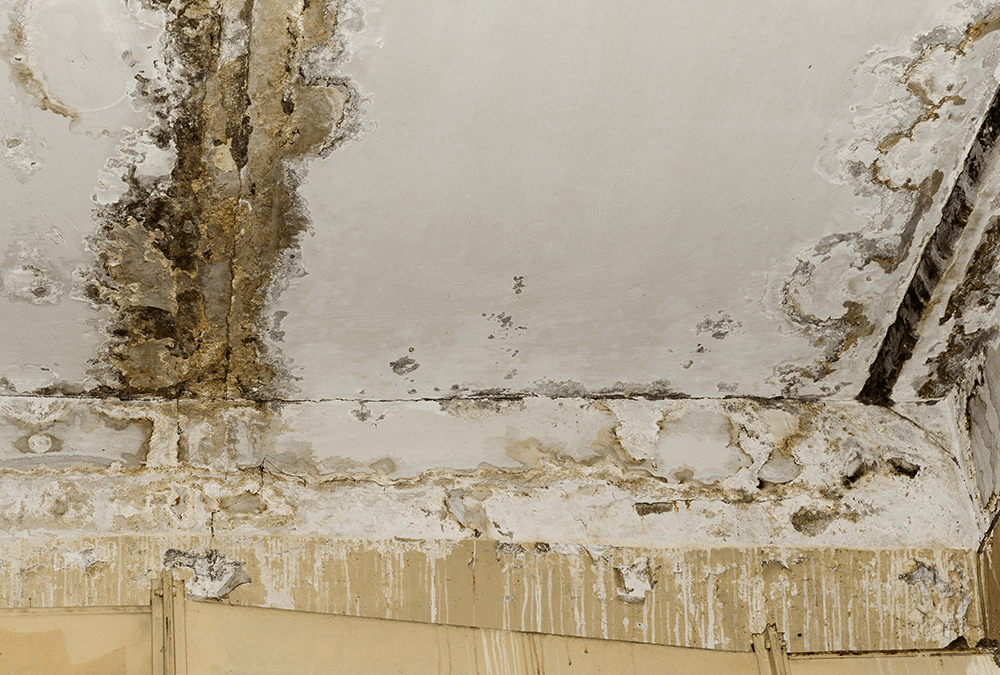We have stumbled upon this post on How to Repair and Prevent Bathroom Water Damage down the page on the net and decided it made good sense to share it with you on this site.

The restroom is very vulnerable for damp buildup and prospective water damages due to the regular use water in it. This write-up supplies simple evaluation strategies to aid spotting water damage dangers.
The constant use water in the bathroom makes it extremely vulnerable for moist build-up as well as prospective water damages. By evaluating it consistently, you can lower water related problems.
The adhering to collection of assessments is simple to carry out and also ought to be done once in every three months in order to maintain your shower room healthy and also to stop prospective water problems triggered by the bath tub, the shower, pipeline joints as well as plumbing, sinks, cupboards, and also the commode
Do not disregard doing these evaluations as well as be complete while doing them. Bear in mind that these easy evaluations can save you a lot of money by providing early indications for water damages
Bath tub and also Shower
The shower as well as tub require unique focus and also upkeep. Check the tiles and also change if split. Ensure that there is no missing out on cement in between the floor tiles. Inspect and change split caulking at joints where the walls fulfill the flooring or the tub. Clogged drains and also pipelines problems will stop the bathtub from drying out as well as may indicate significant troubles underneath the bathtub. Seek advice from a specialist promptly to prevent architectural damage. Pay attention to stainings or soft areas around the bathtub wall surfaces as they may show an interior leak.
Plumbing
Signs for water damage are tough to spot given that a lot of pipes are mounted inside the walls.
Pay unique interest to floor covering and also wall surfaces moisture and discolorations as they might indicate an unnoticeable plumbing issue. Check wetness degrees in adjacent spaces also.
Sinks and also Cabinets
Sinks and closets are subjected to wetness and moisture everyday as well as are frequently forgotten. Examine on a regular basis under the sink as well as on the counter top above it. Fix any kind of drip in the trap as it may recommend drain troubles. Check out the sink, sluggish draining pipelines might indicate a blocked drain. Replace sink seals if they are broken or loosened.
The Bathroom
The toilet is an at risk water junction. Check the water lines as well as look for leakages around the toilet seat, in the pipe, as well as under the water tank. If you spot any indications of moisture on the floor around the bathroom, check for leaks in the toilet rim and tank seals.
Understand that hanging bathroom dish deodorants enhances the opportunities for clogs.
TIPS TO PREVENT WATER DAMAGE IN THE BATHROOM
The average household uses approximately 80-100 gallons of water per person per day. For a family of 4, that's almost 2,500 gallons of water a week! The largest portion of this consumption comes from bathroom use. Flushing the toilet uses the most water, followed by taking a shower or bath. With that much water running through the home, water damage in the bathroom is bound to happen. Knowing how to spot signs of a water leak is essential to preventing long-term damage. This guide provides you with tips to reduce the impact of water damage on your bathroom.
CAUSES OF BATHROOM WATER DAMAGE
Pipe breaks are the most common cause of water damage we see in our daily jobs. The age of a pipe plays a large role in a pipe break as well as corrosion. Over time, the metal begins to break down, allowing water to escape. Frozen pipe breaks are also a concern in the winter months. Toilet overflows caused by paper products or children flushing inappropriate items. Degraded caulking around the toilet or bathtub can allow water seepage, sometimes behind the fixture, into the subfloor or walls. Condensation forms when the water in a pipe is cooler than the air temperature. Beads of water form on the exterior of the pipes, sometimes so much so that the water begins to drip and pool below. Sink or shower backups created by poor drainage. HOW TO PREVENT WATER DAMAGE IN YOUR BATHROOM
Inspect your toilet supply line for worn or frayed hoses and replace them as needed. Winterize your plumbing to prevent a frozen pipe break. Use vent fans to prevent condensation that can lead to mold growth. Routinely check and replace degraded caulking around your toilet or bathtub. Increase the temperature in your toilet tank and insulate your pipes during the warm summer months to keep condensation from forming. Use child safety locks on the toilets. Flush only toilet paper. "Flushable" wet wipes are actually not good for your plumbing system. Additionally, feminine hygiene products should not be flushed. Prevent water from escaping the tub or shower. Make sure shower curtains are in good condition. Inspect shower doors and replace the seal strip if necessary. Wipe up any water that accumulates on the floor and use bath mats. Water left to sit can cause damage to the tiles and flooring. Refrain from using bath products containing heavy oils to avoid a clogged drain.

I'm just very focused on How to Fix a Water Damage Bathroom and I really hope you appreciated the entire blog entry. Don't hesitate to set aside a second to share this blog entry if you enjoyed it. Many thanks for your time invested reading it.
Call